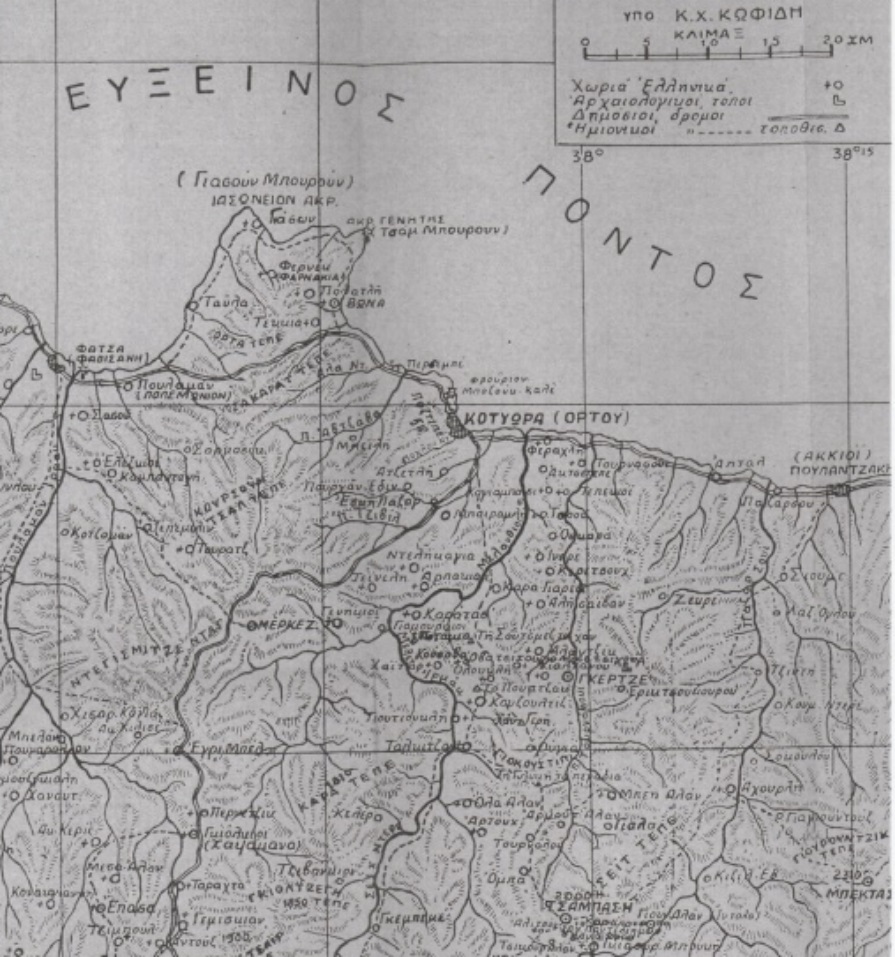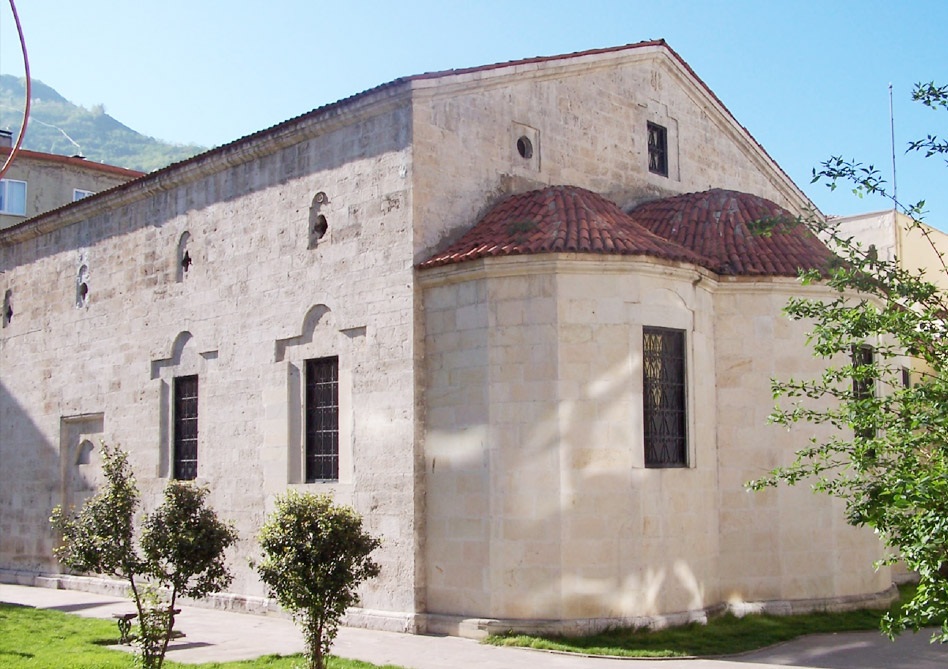
The former Greek church at Duzmahalle. Source.
by Sam Topalidis (2023)
(Pontic Historian)
Introduction
The harbour town of Ordu[ Turkish word for army. ] is in Pontos, north-east Turkiye on the Black Sea coast (Figure 1). It lies at the mouth of the Melet River on the eastern slopes of Boztepe, a hill of 550 m elevation (Plate 1). Ordu is a centre for processing hazelnuts and exporting hazelnuts, fish and timber. The fertile coastal strip also supports a variety of agricultural products. Ordu’s population was estimated (2013) to be 148,000 (www.britannica.com/place/Ordu).
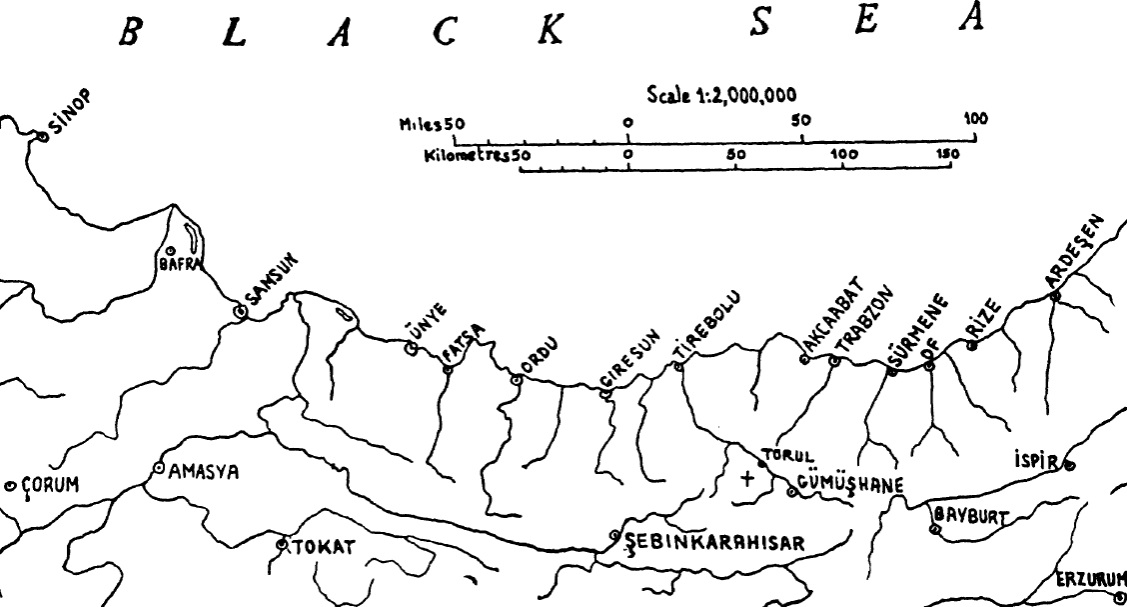 Figure 1 North-east Turkiye (Winfield and Wainwright 1962:132).
Figure 1 North-east Turkiye (Winfield and Wainwright 1962:132).
Colonisation
Ordu stands on, or close to, the ancient site of Kotyora, but there is little or no continuity of settlement with it (Bryer and Winfield 1985:120). In 400 BC, Xenophon and his up to 8,600 Greek mercenaries camped outside Kotyora’s walls in the territory of the native Tibareni. He reported that it had been settled by the Greeks from Sinope, [310 km by road to the west][ Words within square brackets ‘[ ]’ within a reference are the author’s words. ] who had taken the land away from the local natives and for that reason Kotyora continued to pay tribute to Sinope. ‘Around’ 630 BC Sinope was settled by Greeks from Miletos (west coast of Anatolia) (Avram et al. 2004). Thus Kotyora was settled sometime after 630 BC and before 400 BC.
As early as 547 BC, northern Anatolia became a part of the Persian empire, however, Persia probably exerted little direct political control over the barrier of the Pontic mountains to Pontos (Şerifoğlu 2015).
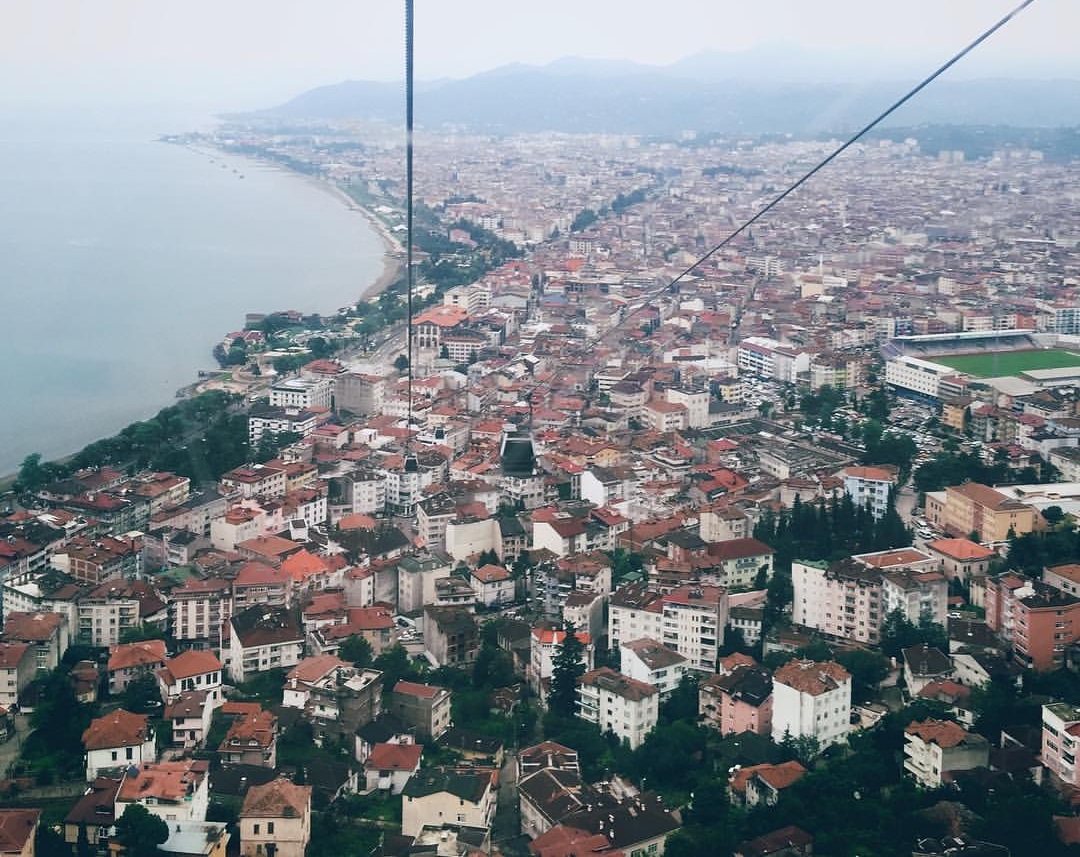 Plate 1: Ordu from Boztepe 2017 (https://commons.wikimedia.org/w/index.php?curid=91198492).
Plate 1: Ordu from Boztepe 2017 (https://commons.wikimedia.org/w/index.php?curid=91198492).
Alexander, Mithradates, Romans and Byzantines
Although the army of Alexander the Great (reign 336–323 BC) defeated the Persians in Anatolia, the Greeks did not march north to conquer the Black Sea coast. These areas however, eventually accepted Greek authority (Şerifoğlu and Bakan 2015). Alexander showed little interest in government and after his death, the bureaucracy of his Asian empire consisted of what was left over from the Persian system. By the middle of the 3rd century BC, the bulk of Alexander’s empire was divided into three successor states, the Antigonid kingdom in Macedonia, the Ptolemaic kingdom in Egypt and the Seleucid realm in western and central Asia (Thonemann 2016:23, 27).
In 302 BC, Mithradates I, established the kingdom of Pontos. Mithradates I (who was descended from Persian governors and royalty (Roller 2020)) and kings from his family ruled over the area from Heraclea (west of Sinope) to Trabzon (Figure 1) on the Black Sea coast until Mithradates VI was defeated by the Romans in 64 BC (Erciyas 2001).
Pharnakes I (son of Mithradates III) captured Sinope, probably in 183 BC. He also took possession of some of Sinope’s colonies on the southern Black Sea coast, including Ordu (Roller 2020:58).
The kingdom of Pontos of Mithradates VI (reign 119–63 BC) included much of the Black Sea coast and eastern Anatolia. Around 107 BC, Lesser Armenia (south-east of Pontos) ‘yielded’ to Mithradates. His incursions into Bithynia and Cappadocia in Anatolia led to war in 89 BC with the Roman empire. In 88 BC, Mithradates VI then took control of the Roman province of Asia in western Anatolia (Thonemann 2016:45; Roller 2020:111).
After the Romans finally defeated Mithradates, Pontos remained a kingdom allied with Rome until the 60s AD (Roller 2020) when it formally became part of the Roman empire. The history of Kotyora in the Byzantine era [Eastern Roman empire, i.e. the period after c. 324 AD] remains vague. At some stage, the settlement was probably abandoned. There was a Byzantine fort in the area of Ordu (Sofou n.d.). A gap of many years remains in our history although it is known that Alexios I Komnenos, the first Trebizond emperor controlled the Ordu area briefly from 1204 as part of his small Byzantine empire.
Turks
The area around Kotyora came under the control of the Danishmends[ The Danishmends was a Turkish beylik that ruled in north-central and eastern Anatolia from c. 1071 to 1178. In early 12th century, Danishmends were rivals of the Seljuk Turks. ], then the Seljuk Turks in 1214 and 1228 and the Hacıemiroğulları Beylik in 1346. Afterwards, it passed to the Ottoman Turks by 1461.[ According to Demir (2014) the Ottoman Turks took control in 1427. ] The modern town was founded by the Ottomans as a military outpost 5 km west of Ordu. (See).
With the return of security in the 19th century, the Kotyoran area was resettled as Ordu. But the origins of Ordu are an enigma. The earliest reference to the name Ordu, was in 1813, when it was already a large village. The new road to Sivas, coupled with the ‘re-Hellenisation’ of the commercial towns of the coast, was responsible, however, for the late-19th century expansion of Ordu (Bryer and Winfield 1985:120–121).
Greeks and Armenians from the 19th Century
In 1836, it was believed that Ordu contained 120 Greek and 100 Armenian houses (Hamilton 1842:267). The number of Turkish houses was not mentioned, so there were possibly few at this date. As for the harbour, Hamilton also observed some remains of an ancient port, cut out of the solid rock. Bryer and Winfield (1985:120) state that these remains were no longer visible by the early 1980s.
After 1875, malaria was reported as a problem in Ordu with many people dying from the disease. Due to this problem, many people moved south to the Tsampasin Plateau (Figure 2) in summer, returning to Ordu in September-October (www.gursoy.com.tr/en/ordu-history.html). (This movement of people during summer from Ordu to the Tsampasin Plateau occurred before this date.)
Figure 2: Map of Ordu (KOTYOPA, OPTOY) (in Greek) and inland settlements to Tsampasin (TΣAMПAΣH) (Saltsis 1955).
In 1883, a large fire broke out in Ordu and as there was no fire station, most of the town was destroyed.[ Later, in 1939, an earthquake also caused extensive damage in Ordu. ] The Orta and Yali Mosques survived. In addition, many buildings around the town fountain which were owned by Greeks and Armenians were only partially damaged (www.gursoy.com.tr/en/ordu-history.html).
Orthodox Christians
Not all Greeks and Armenians in Ordu [and in Pontos] were Orthodox Christians (Topalidis 2023). Some were Protestants who had been converted by missionaries.
By late 19th century, Ordu consisted of three Greek quarters, one Turkish and one Armenian quarter (called Zeitun (VK Hovannisian 2009)) which were served by three Greek Orthodox churches, two mosques and one Apostolic Armenian church (Cuinet (1890–1895) in Hewsen (2009:61)). It also included one Protestant Greek and one Protestant Armenian church (called Zhoghovaran), each with their own school.
In 1853, the large Greek Orthodox Hypapante church (Plate 2) had been built in the Tashbashi neighbourhood in western Ordu near the sea [more details to follow] (www.tourmakerturkey.com/tasbasi-church.html).
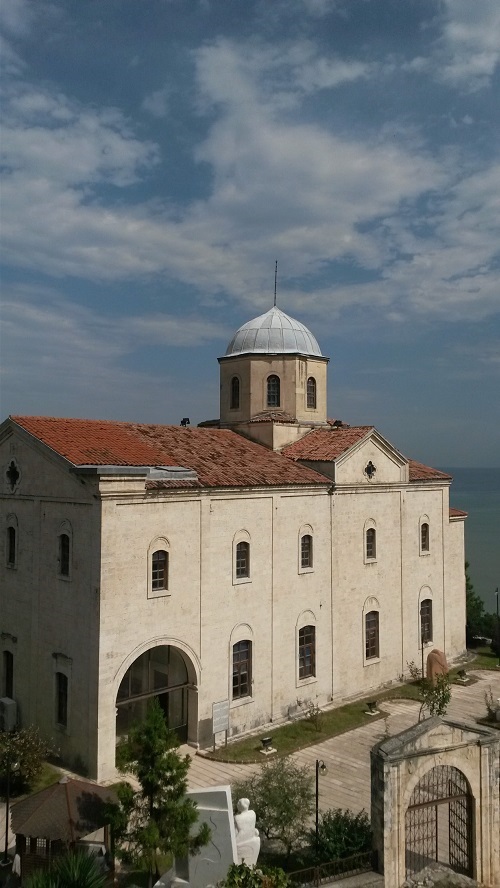
Plate 2: Former Hypapante Greek Orthodox Church, Ordu. Source.
Next to the church stood the two-storey Greek school built in 1877 which was subsidised by Kostas Psomiades. St George, the name of one of the other Greek Orthodox churches, was founded in 1870 by Savas Kantartzis (Hionides 1996). In 1888, the town had [a guesstimate of] 1,500 houses of which 1,000 were Greek, 300 Armenian and 200 Turkish. Each of the three Greek Orthodox parishes had a church and a schoolhouse.[ The Missionary Herald (August 1888:353–354). Another source believes that by the late 19th century, Ordu consisted of about 6,000 inhabitants (Hewsen 2009). ] Most people in Ordu were wretchedly poor [possibly as a result of the damage created by the 1883 fire]. Some of the houses on the hillside appeared to be well-to-do, but most of those on the lowlands were hovels.[ The Missionary Herald (October 1889:424). The lack of trade compelled many men to leave in early spring for Russia or Bulgaria to find work (The Missionary Herald, October 1889:428). Also see Topalidis and Triandafillou (2022). ]
VK Hovannisian (2009) states the Armenians made up the majority of the artisans and craftsmen in Ordu and they competed with the Greeks in commerce. The hazelnut industry quickly flourished becoming the region’s chief export. (In the second half of the 19th century, Armenians introduced the cultivation of hazelnuts to the region (Kévorkian 2011:484).) The construction in the 1880s of the road south-west from Ordu to Sivas was of economic benefit to Ordu.
In Ordu, the Armenian sector was situated high up on the western slopes, running into the Greek quarter below. The Turkish quarters extended in an easterly direction down to the seaside flats and market place. Adjacent to the Armenian [Apostolic] church, Surb Astvatsatsin (Holy Mother of God, which was rebuilt in 1852 (Kertmenjian (2009)), was a large three-storey stone building housing a co-educational school for some 350 students. This school was converted into an orphanage for some of the survivors of the 1915 Armenian Genocide. Later it was used as a Turkish school. The Armenian church was replaced by a mosque (VK Hovannisian 2009:301).
Protestant Christians
By 1869, the Protestants in Ordu had a chapel and a small school (The Missionary Herald, February 1870:54). But by 1888, with the Protestant Greeks out-numbering the Armenians, the Greeks decided to worship in their own building and use their own Pontic Greek language [Romeyka]. The Protestant Greek church was organised under Reverend Philadelphets who remained as their pastor until at least 1917. In 1891, Ordu had the largest Evangelical Greek community in Anatolia (The Missionary Herald, July 1891:293). A permanent Protestant Greek church/school was completed in 1892, but opposition from the Orthodox Greeks was so fierce that it closed in the same year (The Missionary Herald (May 1899:195); McGrew (2015)). In 1894, when 300 Protestants were able to meet again in this church, a mob of Orthodox Greeks stoned the building (The Missionary Herald, July 1894:271; August 1894:313).
In 1896, the first-storey of the replacement Protestant Greek schoolhouse was completed for use as a school and worship. In 1899, the building was officially opened and the congregation consisted of up to 750 Armenians and Greeks (The Missionary Herald, May 1899:194–196).
In 1913, Ordu had the largest Protestant Greek church in the Ottoman empire with around 400 people crowded into the church (The Missionary Herald, November 1913:517).
The Impact of World War I
According to the Greek Patriarchate in Constantinople records, the Pontic Greek population (1910–1912) in the kaza of Ordu was 18,930.[ Alexandris (1999:64). A vilayet is an Ottoman province. A sanjak is a provincial district. A kaza is a county within a sanjak. The kaza of Ordu stretched to over 70 km to the south of the town and was around 50 km wide.] According to the Armenian Patriarchate, the Armenian population (1913–1914), for the kaza of Ordu was 13,565 of whom 3,000 lived in the town of Ordu (Hewsen (2009:53); Kévorkian (2011:483)).
In July 1915, the Armenian Genocide had commenced in Giresun, Ordu and Samsun (Payaslian 2009). In Ordu, the first Armenians to be exiled to the interior of Anatolia were men who left in convoys of 80 to 100. According to a witness (Andreasian), these men had their throats slit in the woody valleys of the vicinity. During the genocide, a group of Armenian women and children also went into hiding in the homes of Greek or Turkish friends. But the authorities’ threats convinced their friends to get rid of them. In some cases, these children were given to Greek and Turkish families and others were drowned out at sea (See). See section ‘The Paşaoğlu Mansion’, discussed later.
An article in The New York Times, ‘Bombarding Ships Rescue 2,000 Greeks’ (7 April 1918), stated that Russian warships and torpedo boats bombarded Ordu in August 1917 aiming to destroy ammunition depots. After the Russians exploded some buildings—2,000 Greeks scrambled aboard the Russian ships and were taken to Trabzon.
In another article from The New York Times (1 January 1918), Lazaros Macrides states he was in a group of 2,000 Greeks which was rescued from Ordu by the Russian fleet in August 1917. He stated those males who were between 16 and 60 years of age were drafted into the Ottoman army [as members of unarmed labour battalions] (Kostos 2010:93).
The bombardment of Ordu by the Russian navy damaged several houses. Pastor Philadelphets and his wife found their Protestant Greek church and school torn down and their own home in flames [possibly damaged by Russian shells], so they joined the Greeks on the Russian ships (The Missionary Herald, December 1917:570–571).
After the Russians left Ordu, the Turks ordered the first Greek exodus [genocide] out of Ordu in 1917. The elderly and sick Greeks stayed behind. More than 3,000 Greeks were deported in groups into the Anatolian interior. Many were murdered. After the first Greek exodus, the old and sick Greeks in Ordu were drowned in the Black Sea (Saltsis (1955); Hionides (1996:275)).
Post 1918 Genocide of Greeks
After the end of World War I, the survivors of the first Greek exodus were able to return to their homes. Then, in May 1919, the Greek army landed in Smyrna on the west coast of Anatolia. A few days later on 19 May, Mustafa Kemal (who in 1934 was given the name Ataturk) landed in Samsun on the Black Sea coast where he planned the next round of Greek persecutions. The next few years would witness a number of atrocities which resulted in the loss of many lives and an exchange of populations between Greece and Turkiye.
1920
In November, a report was received that all Christian males between 20 and 34 years of age had been called to enlist in the army [to join the unarmed labour battalions]. In December, a band of 100 of Topal Osman’s men pillaged the shops of Christians in Ordu (Yeghiayan 2007).
1921
In June, after a Greek warship bombed Inebolu (west of Sinope), Greek males [around the Anatolian Black Sea coastal area] aged between 15 and 50 years were ordered to be deported to the interior (Mango 2002).
The Kemalists initially deported approximately 800 Greek men and children [probably boys] from Ordu south to Mesudiye without casualties. Saltsis (1955) wrote:
In Mesudiye we remained in strict isolation for two days. This measure was taken by the kind commander of Şebinkarahisar [Figure 1] to protect us from falling into the hands of Topal Osman and to gain time, until that brute and his ferocious band had moved away from the Commander’s territory (Fotiadis 2019:397).
In July, an order came to deport men aged from 50 to 60 years. The fifth (and last) deportation, included about 75 men. By the end of August, all the Greek men of the Ordu region had been deported (Shenk and Koktzoglou 2020:151). During the deportation, they were killed by armed bandits. According to Turkish Central Army records, 4,900 Greeks from the Ordu area were forced into the interior (Korucu and Daglioglu 2019:25).
1922
In February, Topal Osman and up to 300 armed bandits entered Ordu, which still had many Greek women. The bandits torched all but two [Greek] houses (Morris and Ze’evi 2019:416).
In June, a Greek warship bombarded Samsun which only served to worsen the lot of the remaining Greeks on the Anatolian Black Sea coast (Mango 2002). Immediately after the defeat of the Greek army in western Anatolia (Greco-Turkish War 1919–1922) in late August 1922, Greeks were pressured to leave Anatolia. Some of the Greek women and children had not been exiled to the Anatolian interior but the men were still in exile. In late 1922, many Christian women and children from Ordu boarded ships for Greece.
1923
In January, after the Lausanne Convention and the protocols about the exchange of Orthodox Greek and Turkish Muslim populations were signed, Greeks who had not already left Ottoman lands, were forced to leave for Greece. Although Protestant Greeks and Greek Catholics were technically excluded from the exchange of populations (because they were not Orthodox Christians) they preferred to leave Anatolia (Göktϋrk (2015:236–237); Ladas (1932)).
In March, 1,500 people awaited passage at Ordu for Greece (Morris and Ze’evi 2019). By April, embarkations were impeded due to the demand for high fees of passage [by the Turks and some others] and Greece’s momentary unwillingness to take in more refugees. Greece was already hosting more than a million refugees and would not take any more until Muslims departed Greece, thus creating some space in which to absorb Greek refugees (Morris and Ze’evi 2019:463).
Ordu Today
Recently, there has been a focus in Turkiye to improve its economy by raising revenue via tourism. In Ordu, there has been an attempt to attract tourists by renovating some of its historic buildings. Descriptions of some of these buildings and a major utility project follow.
The Paşaoğlu Mansion
The beautiful Paşaoğlu Mansion (Plate 3) with its extremely rich stonework, was built in 1896 by Paşaoğlu Huseyin Efendi. The mansion, located in the Selimiye district was opened as an ethnographic museum in 1987 with more than 3,000 items on display (www.allaboutturkey.com/ordu.html).
During the Armenian deportation [genocide] in 1915 in Ordu, about 40 Armenian women and girls found refuge in this mansion and were hidden there for nearly 2.5 years (www.orduolay.com/haber/14703775/pasaoglu-ailesinin-yazilmayan-hikayesi).
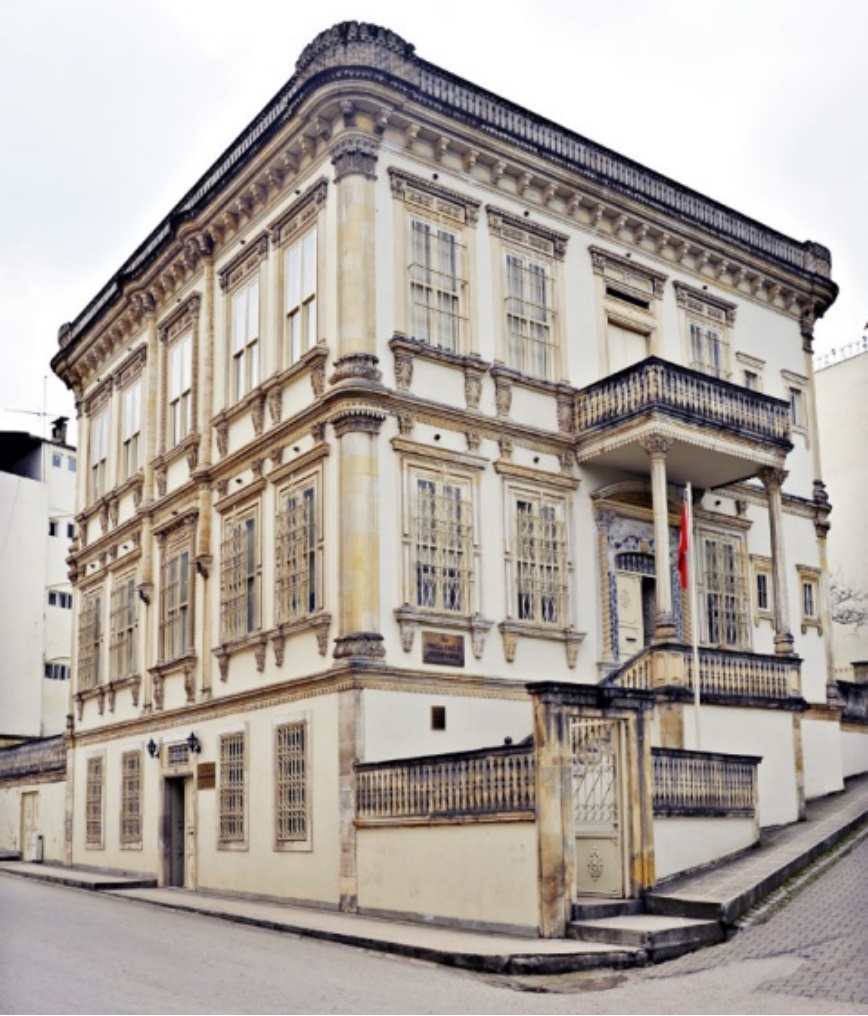
Plate 3: Paşaoğlu mansion (www.ordu.bel.tr/Kesfedin/Pasaoglu-Konagi-Etnografya-Muzesi/1217).
The Selimiye Mansion
The historic Selimiye mansion (Plate 4) belonged to the Koymen family in Altinordu Selimiye Mahallesi Hamam Sokak. The three-storey mansion was built at the end of the 19th century. It was expropriated in 2013 and will be restored and added to the cultural inventory (www.ordu.bel.tr/Haber/46503/tarihi-selimiye-konagin-restorasyonu-suruyor-).
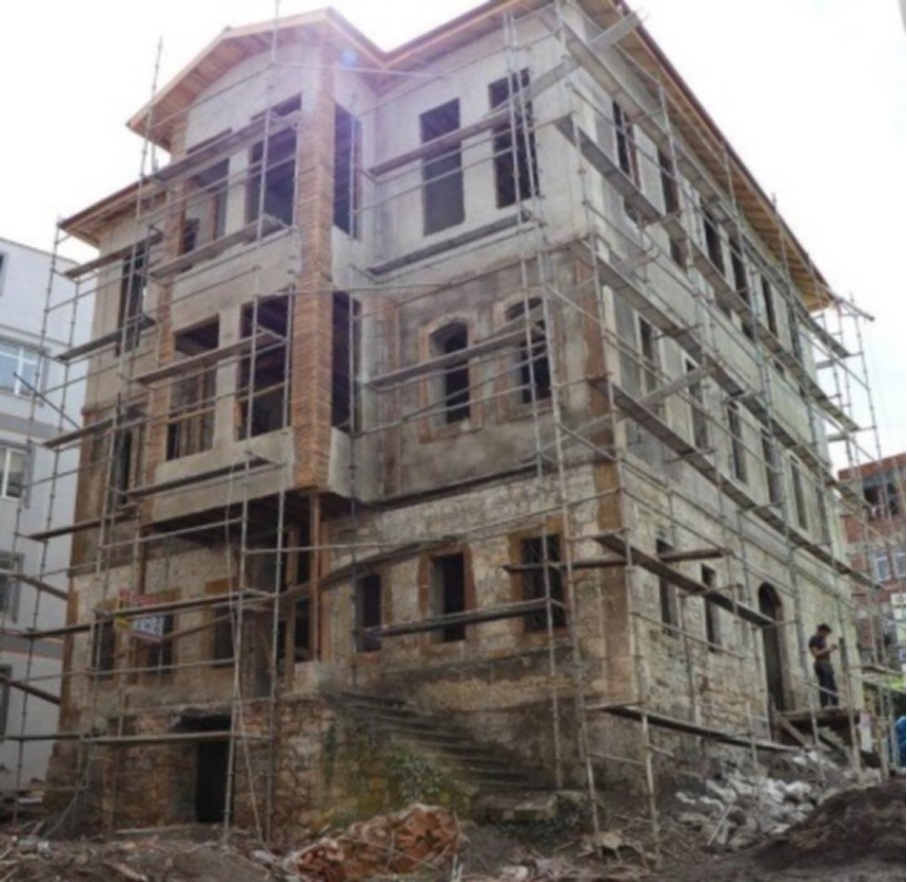
Plate 4: Selimiye mansion being restored (www.raillynews.com/2023/04/Restoration-of-the-historical-Selimiye-Mansion-continues/).
The Duzmahalle Church
This former Greek [Orthodox] church with three apses (Plate 5) was built in the second half of the 19th century and was abandoned in the early 1920s (as a result of the exchange of populations). It is located in Duzmahalle, Ordu and briefly served as a fire station. It was restored and now serves as the Ordu Metropolitan Municipality Theatre building (www.ordu.bel.tr/Kesfedin/Duz-Mahalle-Klisesi/1215). The original name of the Greek church is unknown.

Plate 5: Former Greek church at Duzmahalle (www.ordu.bel.tr/Kesfedin/Duz-Mahalle-Klisesi/1215).
Atik Ibrahim Pasha Mosque
The Atik İbrahim Pasha Mosque (Plate 6) is located in Selimiye Fevzi Çakmak Street in Ordu’s Altınordu district. The mosque was originally built by Atik Ibrahim Pasha in 1770 and rebuilt in 1802 (See). It has been renovated.
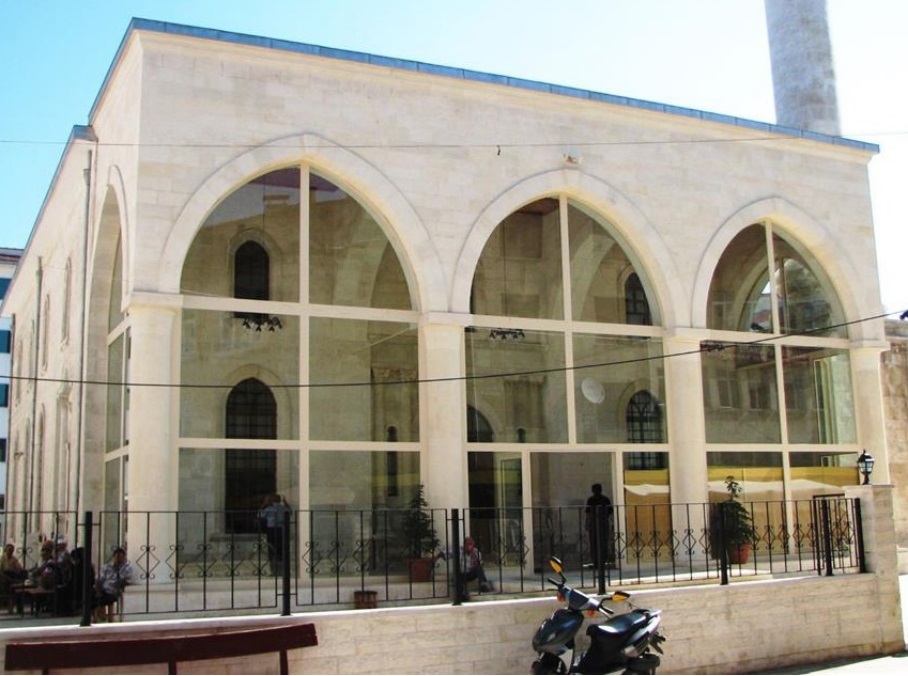
Plate 6: The Atik İbrahim Pasha Mosque, Ordu (Source).
Taşbaşı Cultural Centre
This former Hypapante Greek Orthodox Church (Plate 2) which overlooks the sea was abandoned in the early 1920s during the exchange of populations. Between 1937 and 1977, it was used as a prison. Since 2000, the building in the Taşbaşı neighbourhood has been used as a Cultural Centre and multi-purpose hall (https://www.tourmakerturkey.com/tasbasi-church.html (See).
Aziziye (Yali) Mosque
The Aziziye (Yali) Mosque was built during the reign of Ottoman sultan Abdulaziz [reign 1861–1876]. It survived the major 1883 fire in Ordu. The mosque has three floors and was rebuilt in 1890 (Plate 7) in the Altinordu district (See).
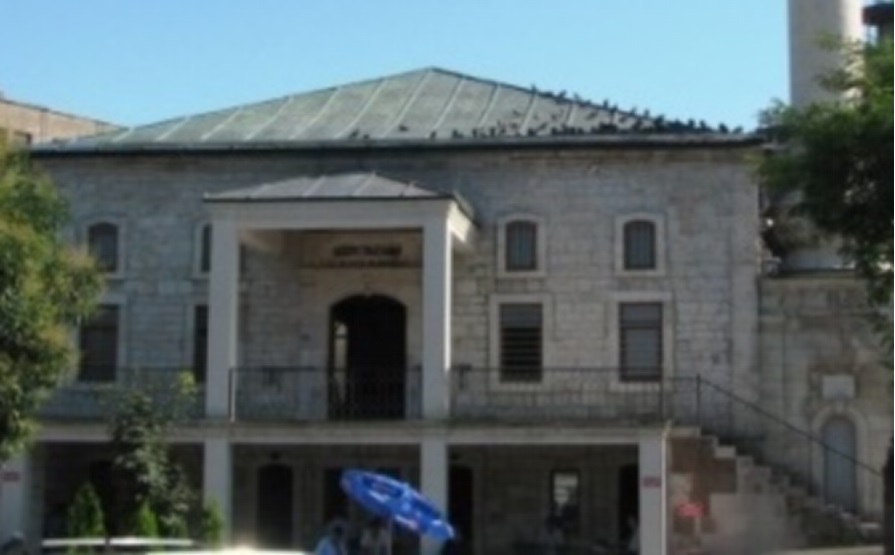
Plate 7: Aziziye (Yali) Mosque (Source).
Wave Power Electricity Plant
The world’s largest wave power plant will be built in Ordu by an Israeli company and will have a capacity to generate 77 megawatts. The power plant is expected to be commissioned in 2024, at an estimated cost of at least US$150 million (www.dailysabah.com/business/energy/megaprojects-to-mark-turkiyes-year-of-energy www.dailysabah.com/business/energy/turkiye-israeli-firm-ink-deal-for-worlds-largest-wave-energy-plant).
Hamidiye (Government) Mosque
The Hamidiye (Government) Mosque (Plate 8) is located in the Altınordu district. It was built in 1890–1892 (See). It has been renovated.
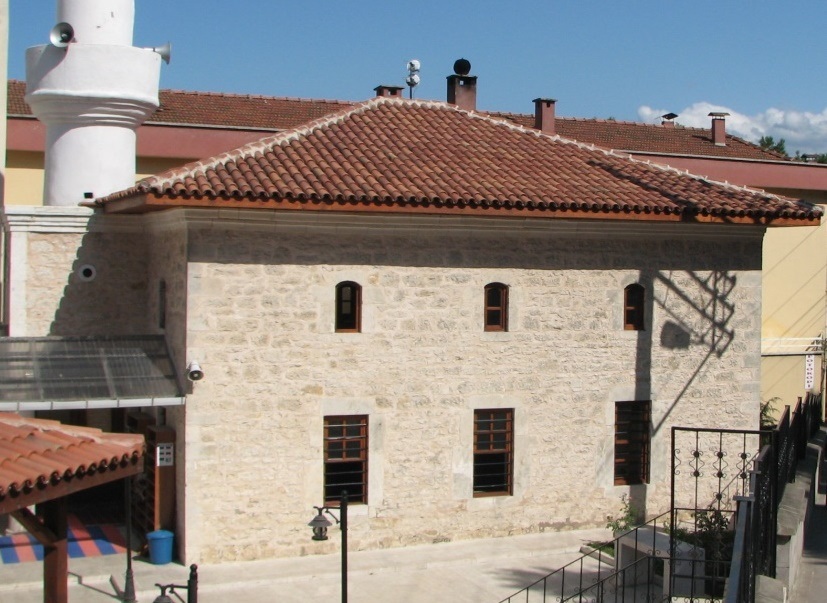
Plate 8: Hamidiye (Government) Mosque (Source).
Acknowledgement
I warmly thank Russell McCaskie for his suggestions to an earlier draft.
References
Alexandris A (1999) ‘The Greek census of Anatolia and Thrace (1910–1912): a contribution to Ottoman historical demography’, Gondicas D and Issawi C (eds) (1999) Ottoman Greeks in the age of nationalism, The Darwin Press Inc., New Jersey.
Avram A, Hind J and Tsetskhladze G (2004) ‘The Black Sea area’, Hansen MH and Nielsen TH (eds) (2004) An inventory of archaic and classical poleis. An investigation conducted by the Copenhagen Polis Centre for the Danish National Research Foundation, Oxford University Press, Oxford.
Bryer A and Winfield D (1985) The Byzantine monuments and topography of the Pontos, I–II, Dumbarton Oaks Research Library & Collection, Harvard University, Washington DC.
Cuinet V (1890–1895) La Turquie d'Asie, 4 vols, Paris.
Erciyas DBA (2001) Studies in the archaeology of Hellenistic Pontus: the settlements, monuments, and coinage of Mithradates VI and his predecessors, PhD thesis, University of Cincinnati, Cincinnati.
Demir N (2014) ‘Settlement movements in Emiroğullari principality and Black Sea region’, https://yenidenergenekon-com.translate.goog/31-unutulan-turk-beyligi-emirogullari/?_x_tr_sl=tr&_x_tr_tl=en&_x_tr_hl=en&_x_tr_pto=sc
Düring BS and Glatz C (eds) (2015) Kinetic landscapes: the Cide archaeological project: surveying the Turkish western Black Sea region, De Gruyter Open, Warsaw, Poland.
Fotiadis KE (2019) The genocide of the Pontian Greeks (trans not stated), Fotiadis KE, place of publication not stated.
Göktϋrk G (2015) Well-preserved boundaries: faith and co-existence in the late Ottoman empire’, PhD thesis, Middle East Technical University, Ankara.
Hamilton WJ (1842) Researches in Asia Minor Pontus and Armenia: with some account of their antiquities and geology, 1, John Murray, London.
Hewsen RH (2009) ‘Armenians on the Black Sea: the province of Trebizond’, Hovannisian RG (ed) (2009):37–65.
Hionides C (1996) The Greek Pontians of the Black Sea: Sinope, Amisos, Kotyora, Trapezus, 1300 BC – 2000 AD, C Hionides, Boston.
Hovannisian RG (ed) (2009) Armenian Pontus: the Trebizond-Black Sea communities, Mazda Publishers Inc., Costa Mesa, California.
Hovannisian VK (2009) ‘Ordu on the Black Sea’, Hovannisian RG (ed) (2009):297–342.
Kertmenjian D (2009) ‘Armenian city quarters and the architectural legacy of the Pontus’, Hovannisian RG (ed) (2009):189–215.
Kévorkian R (2011) The Armenian genocide: a complete history, I.B. Tauris, London.
Korucu S and Daglioglu EC (2019) ‘Mapping out the Turkish documents on the unweaving of Greeks from the Black Sea (the Pontic genocide, 1919–1923)’, Shirinian GN (ed) (2019) The Greek genocide 1913–1923: new perspectives, The Asia Minor and Pontos Hellenic Research Centre, Inc., Chicago.
Kostos SK (2010) Before the silence: archival news reports of the Christian holocaust that begs to be remembered, Gorgias Press, New Jersey.
Ladas SP (1932) The exchange of minorities: Bulgaria, Greece and Turkey, The Macmillan Co, New York.
Mango A (2002) Ataturk: The biography of the founder of modern Turkey, The Overlook Press, New York.
McGrew W (2015) Educating across cultures: Anatolia College in Turkey and Greece, Rowman & Littlefield, Lanham, Maryland, USA.
Morris B and Ze’evi D (2019) The thirty-year genocide: Turkey’s destruction of its Christian minorities 1894–1924, Harvard University Press, Cambridge, Massachusetts.
Payaslian S (2009) ‘The fate of the Armenians in Trebizond, 1915’, Hovannisian RG (ed) (2009):271–296.
Roller DW (2020) Empire of the Black Sea: the rise and fall of the Mithridatic world, Oxford University Press, New York.
Saltsis ID (1955) Chronicle of Kotyora: historical monograph of the city of Kotyora (Ordu) from Pontos, (in Greek), Emm. Sfakianaki, Thessaloniki.
Şerifoğlu TE (2015) ‘The Cide-Şenpazar region in the Iron Age (ca. 1200 to 325/300 BC)’, Düring BS and Glatz C (eds) (2015):212–245.
Şerifoğlu TE and Bakan C (2015) ‘The Cide-Şenpazar region during the Hellenistic period (325/300 – 1 BC)’, Düring BS and Glatz C (eds) (2015):246–259.
Shenk R and Koktzoglou S (eds) (2020) The Greek genocide in American naval war diaries: naval commanders report and protest death marches and massacres in Turkey’s Pontus region, 1921–1922, University of New Orleans Press, USA.
Sofou A (n.d.) ‘Kotyora (antiquity)’, Encyclopaedia of the Hellenic World, Asia Minor, http://asiaminor.ehw.gr/Forms/fLemmaBodyExtended.aspx?lemmaID=4925
The Missionary Herald (February 1870) LXVI(2), American Board of Commissioners for Foreign Missions (ABCFM), Boston.
The Missionary Herald (August 1888) LXXXIV(8), ABCFM, Boston.
The Missionary Herald (October 1889) LXXXV (10) ABCFM, Boston.
The Missionary Herald (July 1891) LXXXVII(VII), LXXXVII(VII), ABCFM, Boston.
The Missionary Herald (July 1894) XC(7), ABCFM, Boston.
The Missionary Herald (August 1894) XC(8), ABCFM, Boston.
The Missionary Herald (May 1899) XCV(5), ABCFM, Boston.
The Missionary Herald (November 1913) CIX(11), ABCFM, Boston.
The Missionary Herald (December 1917) CXIII(12), ABCFM, Boston.
Thonemann P (2016) The Hellenistic Age, Oxford University Press, Oxford.
Topalidis S (2023) ‘American Protestant Missions in Pontos’, www.pontosworld.com/index.php/history/sam-topalidis/823-american-protestant-missions-in-pontos
Topalidis S and Triandafillou A (2022) ‘Protestant Greeks in Ordu and the family history of Maria Spyridopoulou’ www.pontosworld.com/index.php/history/sam-topalidis/806-protestant-greeks-in-ordu-pontos
Winfield D and Wainwright J (1962) ‘Some Byzantine Churches from the Pontus’, Anatolian Studies, 12:131–161.
Yeghiayan V (ed) (2007) British reports on ethnic cleansing in Anatolia, 1919–1922: the Armenian-Greek section, Centre for Armenian Remembrance (CAR), Glendale, California.
Xenophon Anabasis (Brownson CL 1922 trans), Harvard University Press, Cambridge Massachusetts, USA, www.perseus.tufts.edu/hopper/text?doc=Perseus%3Atext%3A1999.01.0202%3Abook%3D4
